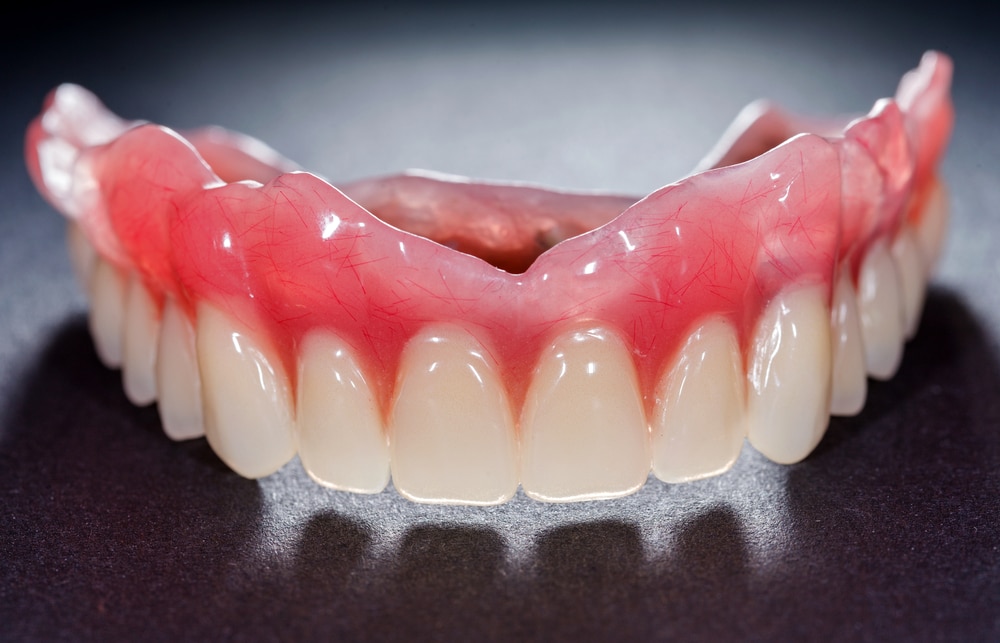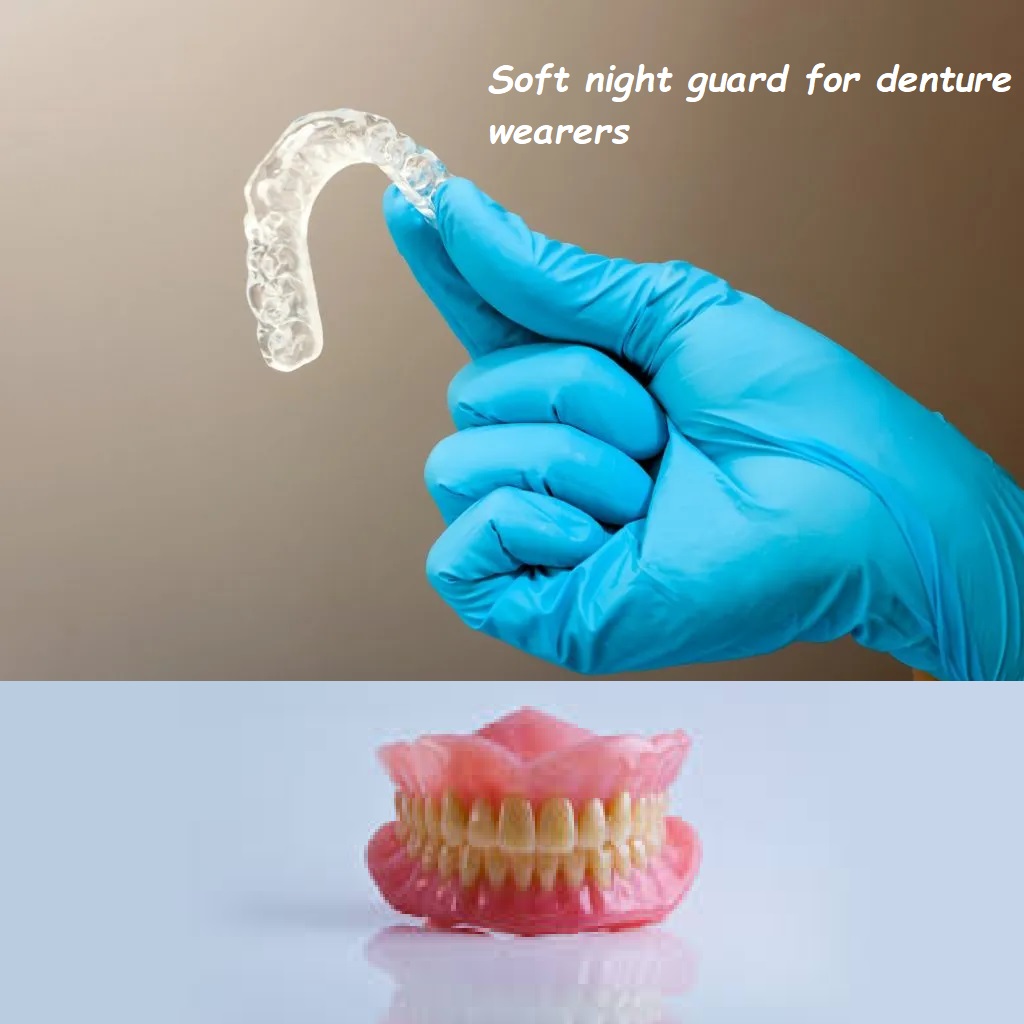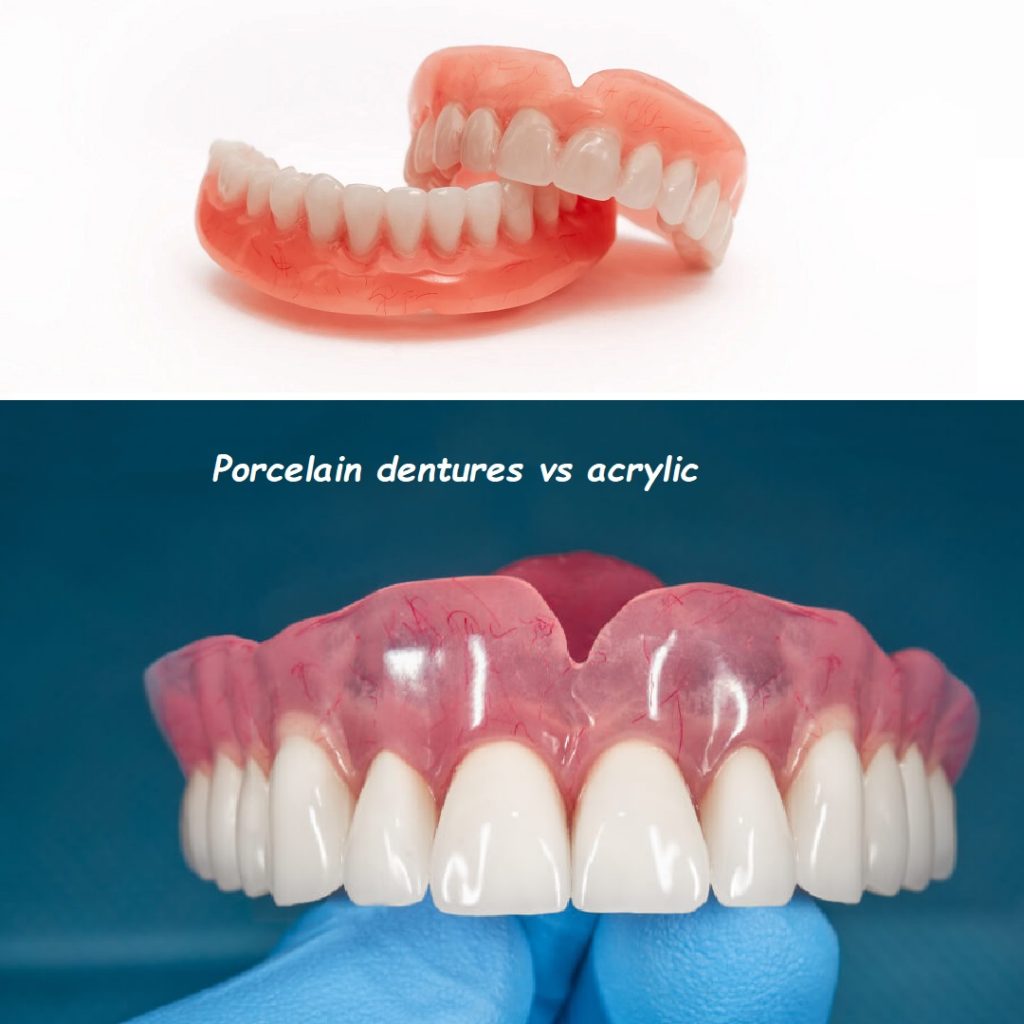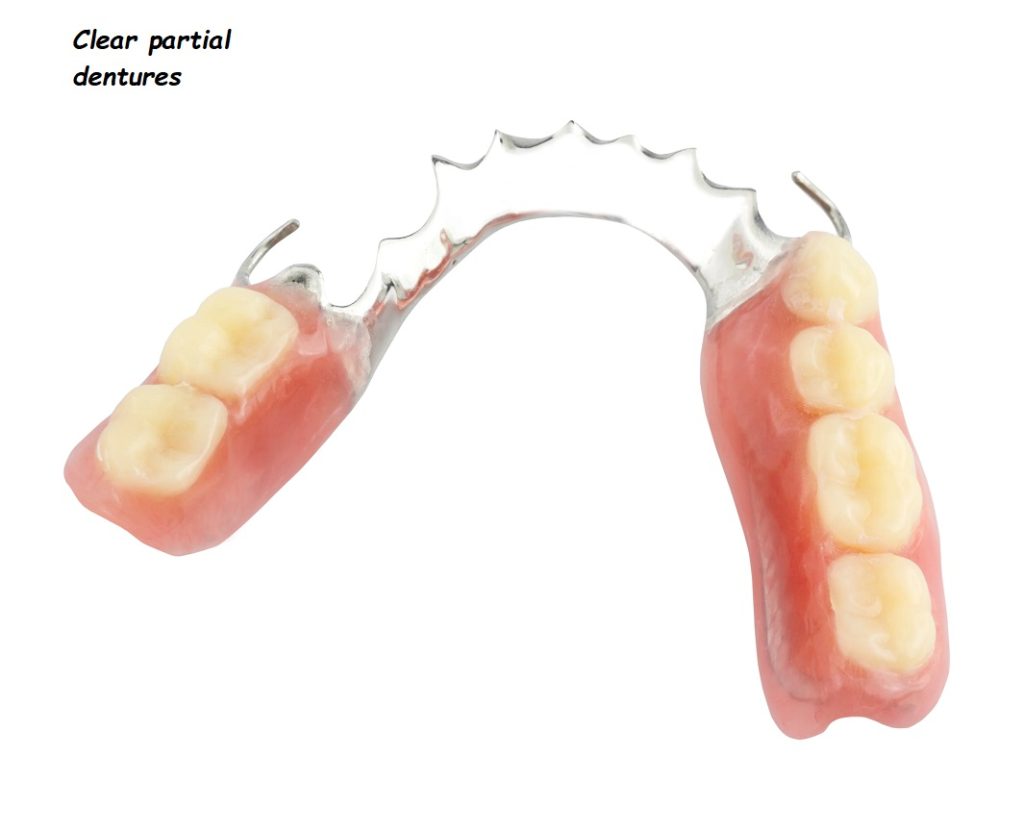Interim denture vs immediate denture

When it comes to dental prosthetics, particularly dentures, understanding the different types and their respective advantages and disadvantages is crucial for making informed decisions. Two commonly discussed options are interim dentures and immediate dentures. This article will provide an in-depth comparison of interim denture vs immediate denture, covering their definitions, benefits, drawbacks, procedures, and suitability for different patients. By the end, you will have a thorough understanding of interim denture vs immediate denture to help you or your loved ones make the best choice.
What is an Interim Denture?
An interim denture, also known as a temporary denture, is a removable dental prosthesis designed to be used for a short period. It is typically provided to patients who are in the process of transitioning to a more permanent dental solution, such as a conventional denture or dental implants. Interim dentures serve as a temporary measure to maintain aesthetics and function while the patient’s gums and bone heal and stabilize after extractions or other dental procedures.
What is an Immediate Denture?
An immediate denture is a type of removable denture that is placed immediately after the extraction of natural teeth. Unlike interim dentures, which are meant for short-term use while waiting for permanent dentures, immediate dentures are designed to provide an instant solution, allowing patients to leave the dental office with a full set of teeth on the same day as their extractions. Immediate dentures help maintain appearance and functionality and prevent the patient from having to go without teeth during the healing period.
Interim Denture vs Immediate Denture: Key Differences
Timing of Placement
- Interim Denture: Interim dentures are typically placed after the gums and bone have had some time to heal following extractions or other dental procedures. This healing period can vary but generally lasts a few weeks to a few months.
- Immediate Denture: Immediate dentures are placed on the same day as the tooth extractions. This means that the dentures are fabricated in advance and inserted immediately after the teeth are removed.
Purpose and Use
- Interim Denture: The primary purpose of an interim denture is to serve as a temporary solution while the patient awaits a more permanent dental prosthesis. They are often used to help the patient adjust to wearing dentures and to maintain aesthetics and function during the healing process.
- Immediate Denture: Immediate dentures are designed to provide an instant replacement for extracted teeth, preventing the patient from experiencing a period without teeth. They help maintain facial structure, support the lips and cheeks, and allow the patient to speak and eat more comfortably immediately after extractions.
Fit and Adjustments
- Interim Denture: Interim dentures are typically less precise in fit compared to permanent dentures, as they are intended for short-term use. They may require frequent adjustments as the gums and bone heal and change shape.
- Immediate Denture: Immediate dentures often require more adjustments than conventional dentures. Since they are placed immediately after extractions, they may need to be relined or adjusted as the gums and bone heal and shrink.
Benefits of Interim Dentures
- Aesthetic Maintenance: Interim dentures help maintain the patient’s appearance while waiting for permanent dentures or implants.
- Functional Transition: They allow the patient to continue eating and speaking normally during the healing period.
- Adjustment Period: Interim dentures provide a transition period for patients to get used to wearing dentures before receiving their permanent ones.
Benefits of Immediate Dentures
- Immediate Solution: Immediate dentures ensure that the patient does not have to go without teeth, maintaining aesthetics and functionality right after extractions.
- Tissue Protection: They help protect the extraction sites and can aid in controlling bleeding and promoting healing.
- Facial Structure Support: Immediate dentures help maintain the shape of the face and support the lips and cheeks.
Drawbacks of Interim Dentures
- Temporary Nature: Interim dentures are not intended for long-term use and will need to be replaced with permanent dentures or another solution.
- Frequent Adjustments: Due to changes in the gums and bone during healing, interim dentures may require frequent adjustments for a proper fit.
- Less Precision: Interim dentures are generally less precise in fit and comfort compared to permanent dentures.
Drawbacks of Immediate Dentures
- Frequent Relining: Immediate dentures often require relining or adjustments as the gums and bone heal and shrink.
- Higher Initial Cost: The cost of immediate dentures can be higher initially, as they are fabricated in advance and may require more follow-up visits for adjustments.
- Initial Discomfort: Some patients may experience discomfort or difficulty adjusting to immediate dentures right after extractions.
The Procedure for Interim Dentures
The process of getting interim dentures typically involves several steps:
- Initial Consultation: The dentist evaluates the patient’s oral health, discusses treatment options, and determines if interim dentures are suitable.
- Impressions: Impressions of the patient’s mouth are taken to create a model for the interim dentures.
- Fabrication: The interim dentures are fabricated based on the impressions and the dentist’s specifications.
- Extractions: If necessary, any remaining teeth are extracted, and the gums are allowed to heal.
- Placement: The interim dentures are placed once the gums have healed sufficiently, with adjustments made as needed for comfort and fit.
- Follow-Up Visits: Regular follow-up visits are scheduled to monitor healing and make any necessary adjustments to the interim dentures.
The Procedure for Immediate Dentures
The process of getting immediate dentures involves a slightly different approach:
- Initial Consultation: The dentist evaluates the patient’s oral health, discusses treatment options, and determines if immediate dentures are suitable.
- Impressions: Impressions of the patient’s mouth are taken before the extractions to create a model for the immediate dentures.
- Fabrication: The immediate dentures are fabricated in advance based on the impressions and the dentist’s specifications.
- Extractions and Placement: On the day of the extractions, the teeth are removed, and the immediate dentures are placed immediately afterward.
- Follow-Up Visits: Regular follow-up visits are scheduled to monitor healing, make any necessary adjustments, and reline the dentures as the gums and bone heal and change shape.
Suitability for Different Patients
Interim Dentures
Interim dentures are generally suitable for patients who:
- Need a temporary solution while waiting for permanent dentures or dental implants.
- Are undergoing multiple dental procedures that require a healing period.
- Want a transitional period to get used to wearing dentures before receiving their permanent ones.
Immediate Dentures
Immediate dentures are generally suitable for patients who:
- Want to avoid a period without teeth after extractions.
- Need to maintain their appearance and facial structure immediately after tooth removal.
- Are looking for a quick solution to replace extracted teeth and maintain function.
Interim Denture vs Immediate Denture: Cost Considerations
The cost of interim dentures vs immediate dentures can vary based on several factors, including the complexity of the case, the materials used, and the dentist’s fees. Here are some general considerations:
- Interim Dentures: Interim dentures may be less expensive initially but can require additional costs for frequent adjustments and the eventual replacement with permanent dentures.
- Immediate Dentures: Immediate dentures may have a higher initial cost due to the need for pre-extraction impressions and fabrication. However, they provide an immediate solution, potentially reducing the need for temporary prosthetics.
Patient Experiences and Testimonials
Understanding the experiences of other patients can provide valuable insights into the differences between interim dentures and immediate dentures. Here are a few testimonials:
Patient A: “I chose interim dentures while waiting for my dental implants. They were a great temporary solution, allowing me to eat and speak normally during the healing process. Although they needed a few adjustments, it was worth it for the transition period.”
Patient B: “Immediate dentures were a lifesaver for me. I couldn’t imagine going without teeth after my extractions. The initial discomfort was manageable, and the follow-up visits for adjustments were straightforward. I’m glad I chose immediate dentures.”
Patient C: “My dentist recommended interim dentures while my gums healed after extractions. It was a bit of a hassle to have them adjusted frequently, but they served their purpose well until I got my permanent dentures.”
Patient D: “I opted for immediate dentures because I didn’t want to be without teeth. The process was smooth, and the dentures looked natural. It took a little time to get used to them, but I’m happy with my decision.”
Conclusion
Choosing between an interim denture and an immediate denture depends on various factors, including your dental health, aesthetic preferences, and lifestyle needs.
Related to read:
Best Oral Hygiene Practices For Optimum Oral Health.
How to Whiten Teeth Naturally?
How to keep your gums healthy and disease-free?
References
To ensure the information provided is accurate and up-to-date, the following sources were referenced:
- American Dental Association. (n.d.). Plaque and Tartar. Retrieved from ADA website
- Mayo Clinic. (n.d.). Dental Plaque. Retrieved from Mayo Clinic website
- National Institute of Dental and Craniofacial Research. (n.d.). Periodontal (Gum) Disease. Retrieved from NIDCR website
FAQ: Interim Dentures vs. Immediate Dentures
1. What is an interim denture?
- An interim denture, also known as a temporary denture, is a removable dental appliance used as a short-term solution while waiting for a more permanent denture to be made. It helps maintain aesthetics and function after teeth extraction.
2. What is an immediate denture?
- An immediate denture is a complete or partial denture inserted immediately after teeth extraction. It allows the patient to have teeth during the healing period and avoids the appearance of being without teeth.
3. How long can I wear an interim denture?
- Interim dentures are typically worn for a few months until the gums and jawbone have healed sufficiently to receive a permanent denture. The exact duration depends on individual healing rates.
4. How long can I wear an immediate denture?
- Immediate dentures are usually worn for 6-12 months. They may need adjustments during this period as the gums and bones heal and change shape.
5. What are the benefits of an interim denture?
- Interim dentures help maintain aesthetics and functionality immediately after tooth extraction, provide temporary support for speaking and eating, and give the gums and bone time to heal before fitting a permanent denture.
6. What are the benefits of an immediate denture?
- Immediate dentures offer immediate aesthetics, help protect extraction sites, allow normal function while healing, and aid in transitioning to a permanent denture without a period of being without teeth.
7. Are there any downsides to interim dentures?
- Interim dentures may require frequent adjustments due to changes in the gum and bone structure during healing, and they are not as durable or comfortable as permanent dentures.
8. Are there any downsides to immediate dentures?
- Immediate dentures may also require several adjustments, and some patients may experience discomfort or difficulty adapting to them initially.
9. How are interim dentures made?
- Interim dentures are made by taking impressions of your mouth and creating a model of your teeth and gums. The denture is then fabricated in a dental lab based on this model.
10. How are immediate dentures made?
- Immediate dentures are made before the extraction of teeth. Impressions and measurements are taken, and the denture is fabricated so that it can be placed immediately after the teeth are extracted.
11. Will my immediate denture need adjustments?
- Yes, as the gums and bone heal and change shape, immediate dentures often require adjustments to ensure a proper fit and comfort.
12. Can I eat normally with an interim denture?
- While you can eat with an interim denture, you may need to start with soft foods and gradually reintroduce harder foods as you become accustomed to the denture.
13. Can I eat normally with an immediate denture?
- Similar to interim dentures, immediate dentures may require an initial period of eating soft foods. As you adjust, you can gradually reintroduce your normal diet.
14. How do I care for my interim denture?
- Clean your interim denture daily with a denture brush and mild soap or denture cleaner. Rinse it thoroughly and soak it overnight in a denture solution to keep it moist.
15. How do I care for my immediate denture?
- Immediate dentures should be cleaned daily, just like interim dentures. Follow your dentist’s specific care instructions, which may include removing the denture at night and soaking it in a cleansing solution









